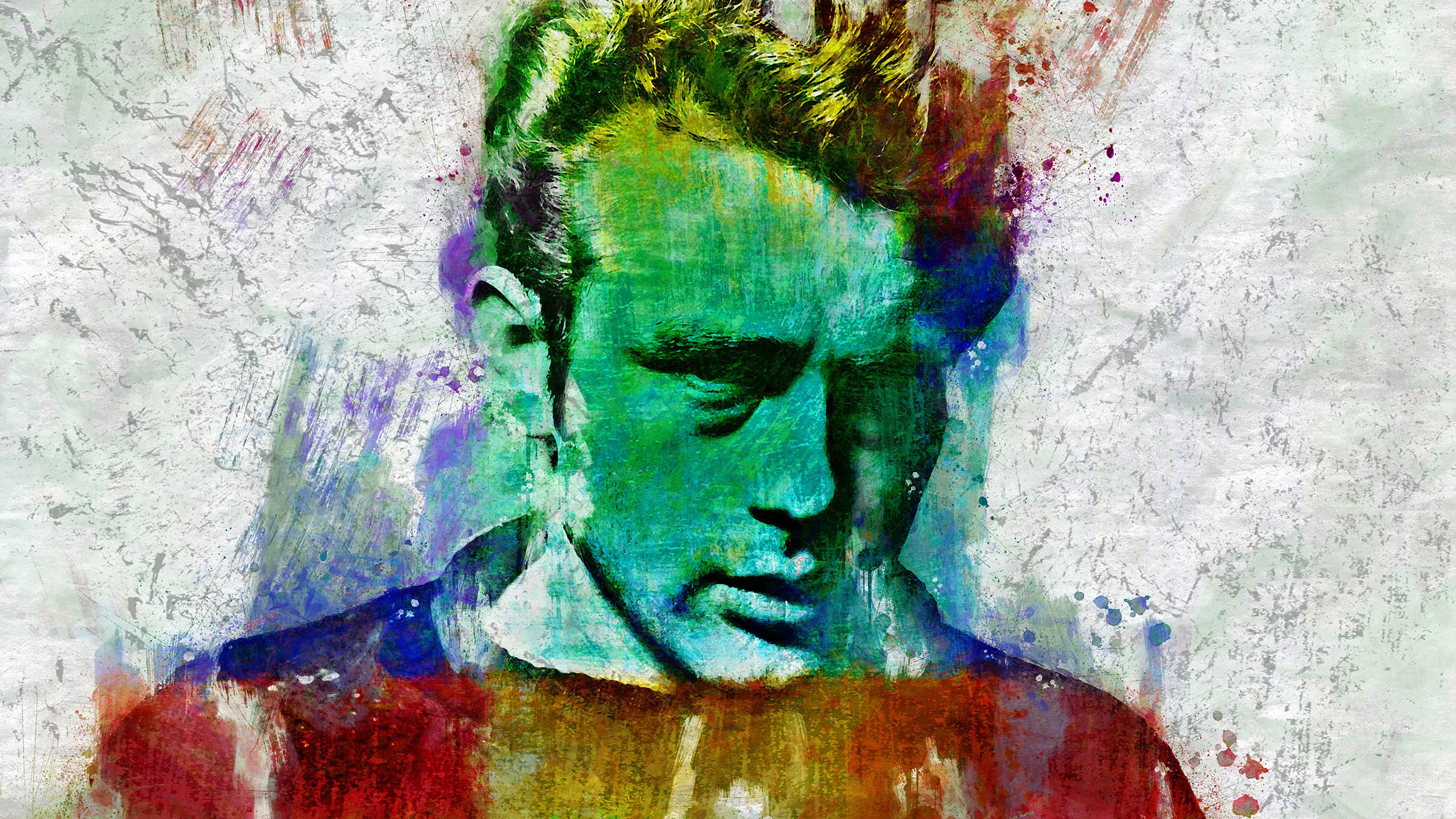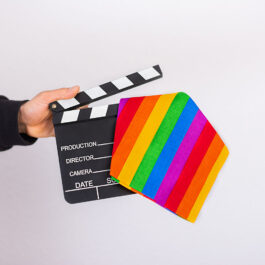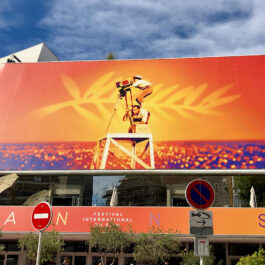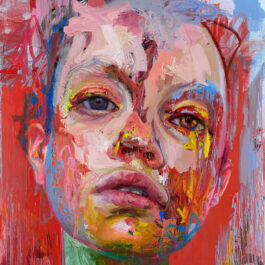Is there a special someone in your life? For many, the perfect man has often been charming, good-looking and available for the price of a cinema ticket!
For as long as there have been movies, there have been heart-throbs – idols of the silver screen who embody not only everything we want from cinema, but also from an ideal partner. For this select group of men, such status can mean an army of devoted fans longing for them and following their every move. But what does it take to become a Hollywood icon? Get ready to swoon as we head through the history of cinema’s most beloved leading men.
The Matinee Idol
Much of the early history of cinema, in its most popular form, was cemented by the ‘matinee idol’. Known initially by the literal term ‘the lovers’, matinee idols embodied the idea of a romantic masculine hero: charismatic, daring and, of course, handsome. They would be well-groomed while still maintaining a sense of masculinity, often personified in the roles they played – adventurers or heroes who sweep their leading ladies off their feet.
One man became so popular, his surname itself is associated with romance. Rudolph Valentino became one of the earliest matinee idols, marketed as ‘The Latin Lover’ (despite being Italian) and dominating the silent film era thanks to his legions of mostly female fans. He inspired a hairstyle (the ‘Vaselino’, in reference to his slicked-back hair) and led the media of the day to question whether he was redefining masculinity.
His time at the top, however, was short-lived, as he died in 1926 of a gastric condition eventually named ‘Valentino’s Syndrome’. It’s believed that over 100,000 distraught fans lined the streets of New York for his funeral, with some papers even reporting suicides due to grief. To this day, he remains the epitome of Hollywood glamour and desire.
While he was one of the first, Valentino would certainly not be the last. In the 1930s, Errol Flynn and Clark Gable would pick up the mantle with personas that were grittier and more obviously masculine – the former making his name as Robin Hood, the latter as the cold but dashing Rhett Butler in Gone with the Wind (still the most successful film of all time when accounting for inflation).
The ‘40s and ‘50s saw Montgomery Clift, Tony Curtis and Rock Hudson continue the trend of handsome-but-ultra-masculine characters, appealing to the norms of the day, while the growing teenage demographic saw the type of idol change during the ‘50s and ‘60s – counterculture icons like James Dean and Marlon Brando had their share of romantic devotees, and music stars like Elvis Presley moved on to the big screen. These men were more sensitive than their predecessors, talking about emotions in a way that wouldn’t be out of place now but was revelatory at the time.
The Teen Idol
The 1970s and ‘80s saw a downturn in the fortunes of the Hollywood heart-throb. While actors like Richard Gere, Tom Cruise and Robert Redford certainly amassed admirers at the time, cinema embraced darker themes and the music industry became the more likely place for stars to be propelled by the adoration of their fanbase.
In the 1990s, however, that all changed with the rise of rom-coms and steamy dramas. Suddenly there was a whole genre of actors with boy-band good looks and a specialty in romantic leading roles. Rather than relate to everyday life, they almost seemed other-worldly. The king of the early ‘90s was Brad Pitt, whose good looks were so famous his name became a byword for attractive (even referenced in Shania Twain’s 1999 hit “That Don’t Impress Me Much”). On screen, sensitive romantic roles in Legends of the Fall and A River Runs Through It capitalised on his aura as someone who looked as though he stepped straight out of a romance novel. Elsewhere, actors like Johnny Depp, Hugh Grant and George Clooney offered a different sort of heart-throb, but generally, dreamboats were more baby-faced and sensitive. No longer the preserve of housewives dreaming of a fantasy partner, they appealed to a younger audience embracing their first crushes.
No one embodied this more than Titanic star Leonardo DiCaprio, who became a phenomenon in the late ‘90s and early 2000s. While he preferred grittier roles in general, it was the one-two punch of Baz Luhrmann’s Romeo + Juliet along with Titanic that launched him to the stratosphere. Dubbed ‘Leo-Mania’ by the press, likening the hysteria around him to that of The Beatles in the ‘60s, people falling head-over-heels for his portrayal of the ill-fated Jack Dawson was a driving force behind the film breaking records and winning numerous awards. The studio behind the film, 20th Century Fox, estimated that 7% of all teenage girls in America at the time had seen the film at least twice. It’s not hard to imagine what drove that commitment!
Moving into the new millennium, other actors became the subject of their own particular type of craze. Zac Efron found fame as the star of High School Musical and films such as 17 Again, with his looks and charm making him the most popular kid in Hollywood’s class. The star confessed that, at the height of his fame filming 2010’s Me and Orson Welles, he had to travel to set via a secret tunnel to avoid the crowds that had assembled outside his hotel. Another actor who can sympathise is Robert Pattinson, who, prior to playing Batman, was the face of the all-conquering Twilight franchise that became famous for its fanatical support.
While grateful for the opportunity at the time, these heart-throbs – and others – have admitted that the pressure of the spotlight could be overwhelming, leading them to opt for roles outside of the romantic lead stereotype.
Today’s heart-throb? As with so many other things, the internet has given rise to more fandoms and more choice. Perhaps you’re fond of the brooding talent of Michael B Jordan and Ryan Gosling, or maybe you long for the emotive glances of Timothée Chalamet or Adam Driver? That’s not even mentioning the many idols outside of Hollywood who have attained a similar status in international cinema.
More Than Skin Deep
The matinee and teen idols of the past often reflected the looks and, more importantly, attitudes of the time. Today is no different. Chris Evans’ fans respond to his activism as much as his Marvel heroism, while Jason Momoa can fight for the environment both as Aquaman and in real life. Opening up about mental health, social injustice or environmental issues is applauded by newer generations where it might have been dismissed years ago. And with more ways than ever to feel connected to A-listers, a multifaceted persona is what wins hearts.
You might ask whether it’s healthy to still put celebrities on a pedestal, whether they are sensitive Gen Z artists or the rough-and-tumble heroes of yesteryear. While it’s always best to keep things in context, Hollywood is as much a part of moviegoing as popcorn. The nature of the relationship between famous faces and their fans might have changed, but the Hollywood heart-throb endures because of what he offers to his audience: a safe, idealised romance, which can never let you down – even, or especially, when your real-life leading men don’t make the cut.














Sorry, the comment form is closed at this time.